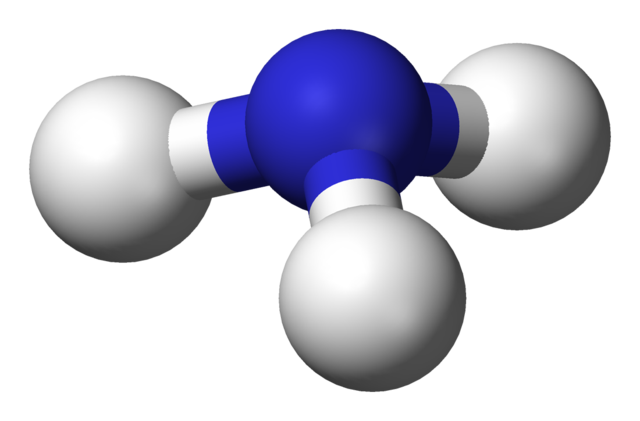| |
|
1. When methane reacts with steam the temperature falls.
The equation for the reaction is:
CH4 + H2O ⇌ CO + 3H2
What does the symbol ⇌ represent, and is the reaction between methane and steam exothermic or endothermic? |
|
| |
meaning of ⇌ |
Reaction type |
| A |
equilibrium |
endothermic |
| B |
equilibrium |
exothermic |
| C |
Reversible reaction |
endothermic |
| D |
Reversible reaction |
exothermic |
|
|
Q2+3:
The following reversible reaction was investigated:
NH4Cl(s) ⇌ NH3(g) + HCl(g)
2. What conditions are required to make this reaction go in the forward and the reverse directions? |
|
| |
Forward |
Reverse |
| A |
heat |
cool |
| B |
heat |
heat |
| C |
cool |
cool |
| D |
cool |
heat |
|
|
3. What type of reaction is the forward reaction?
- A. neutralization
- B. precipitation
- C. sublimation
- D. thermal decomposition
|
|
4. Which one of the following statements is true about reversible reactions?
- A. All reactions are reversible under lab conditions
- B. All reversible reactions are in dynamic equilibrium
- C. All reactions go to completion under lab conditions
- D. The direction of some reversible reactions can be altered by changing the reaction conditions
|
|
Q5+6:
Reversible reactions that are in dynamic equilibrium have two characteristics. |
|
5. One of the characteristics is that the ..
- A. forward reaction is faster than the reverse reaction
- B. forward reaction is slower than the reverse reaction
- C. forward and reverse reactions both stop
- D. forward and reverse reactions occur at the same rate
|
|
6. The second characteristic is that the ..
- A. concentrations of reactants and products are equal
- B. concentrations of reactants and products are constant
- C. concentration of reactants is less than concentration of products
- D. concentration of reactants is more than concentration of products
|
|
Q7-12:
Ammonia is produced industrially in the Haber Process:
N2(g) + 3H2(g) ⇌ 2NH3(g)
The conditions used in the Haber Process are … |
 |
| 7. a temperature (in degrees centigrade) of .. |
|
| 8. a pressure of .. |
|
| 9. a catalyst of .. |
|
10. What is the main source of the hydrogen used in the Haber Process?
- A. natural gas
- B. water
- C. air
- D. hydrochloric acid
|
|
11. What is the main source of the nitrogen used in the Haber Process?
- A. fertilizers
- B. natural gas
- C. air
- D. coal
|
|
12. What happens to the unreacted nitrogen and hydrogen gases in the Haber Process?
- A. they are collected and sold
- B. they are recycled back into the reactor
- C. they are collected and used at a later date
- D. they are thrown away as waste products
|
|
|
